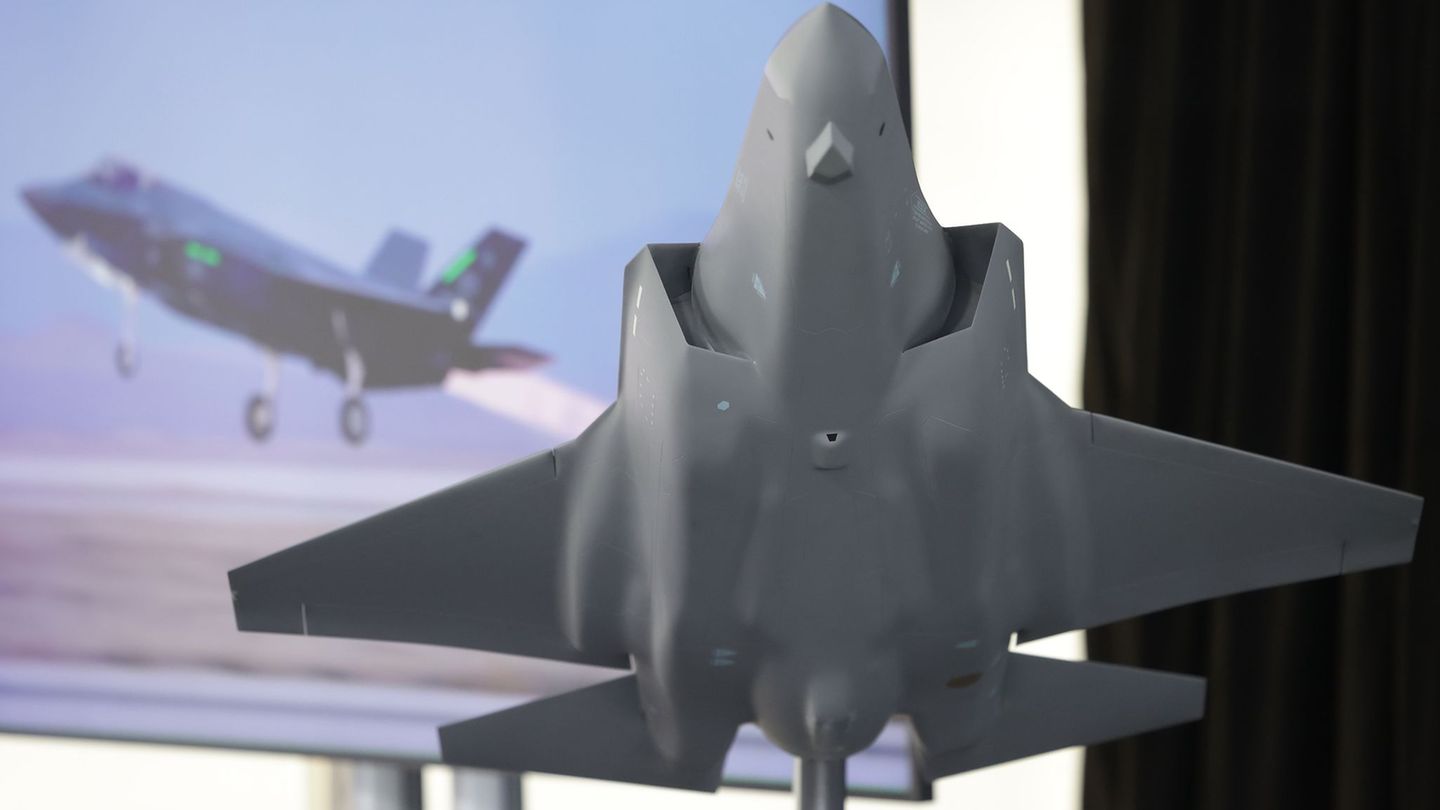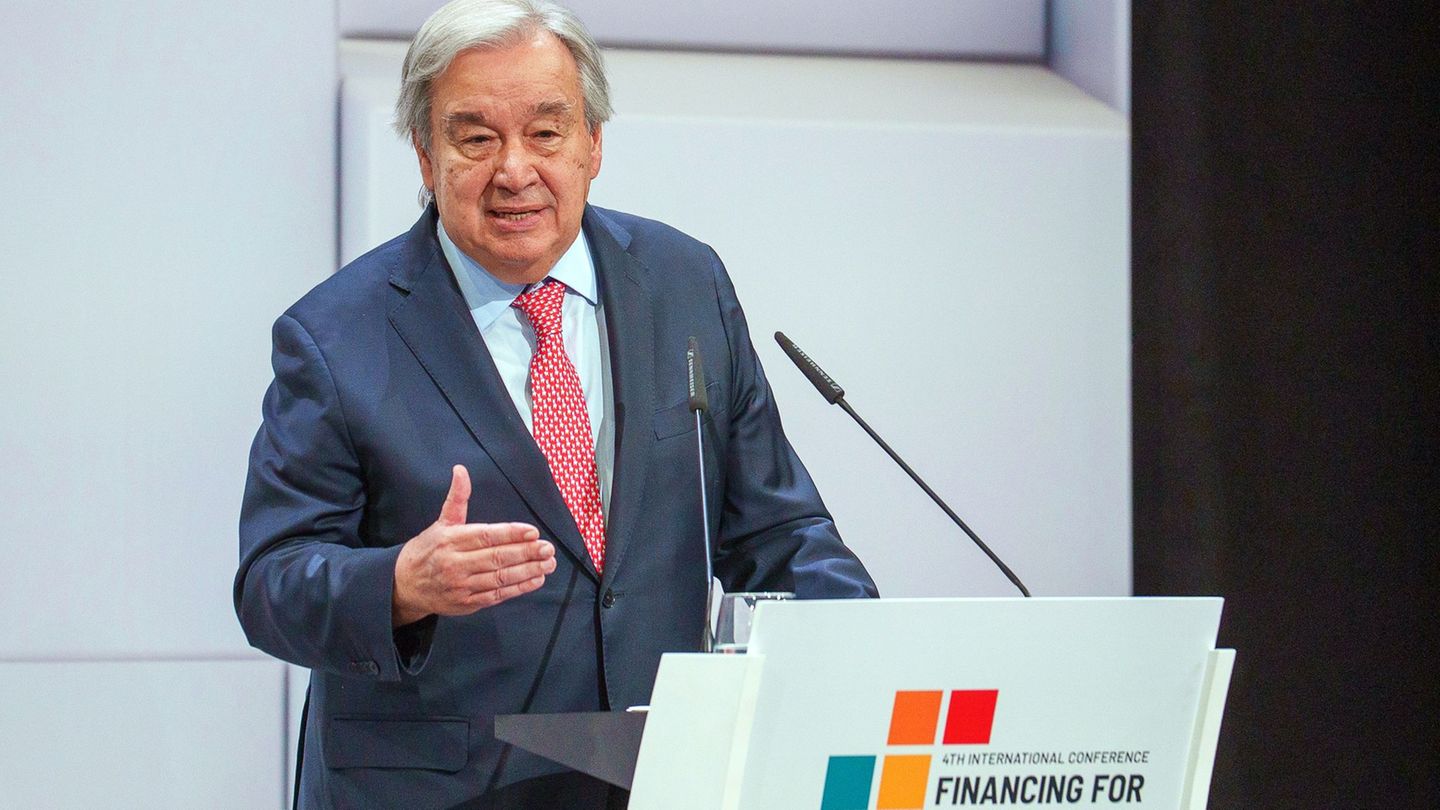Mercedes has recently sold fewer cars, especially the expensive top models. This is now reflected in the business figures. The company’s hopes are for the second half of the year.
Given the lack of demand in China, Mercedes-Benz is less optimistic about its passenger car business. After the weak first quarter, the slightly better figures in the second quarter were not enough to maintain the original outlook for the group’s largest division. CEO Ola Källenius spoke of a “fairly tough” economic environment in a conference call. However, the strong earnings situation in the delivery van business gives hope.
The headwind in the passenger car sector is hitting the Stuttgart-based carmaker after a long run. The sharp rise in average sales prices over the past few years now seems to have come to an end. In the second quarter, they fell by four percent compared to the same quarter last year to around 70,900 euros.
The reasons include the tough competition in China and the real estate crisis in the People’s Republic. Wealthy customers are therefore keeping a closer eye on their money. But the difficult economic situation in Europe is also causing problems for Mercedes. The company must continue to work hard on costs in order to achieve its goals, said Källenius.
Sales and profits declining
Sales fell by almost four percent to 36.7 billion euros in the second quarter compared to the same period last year. Earnings before interest and taxes (EBIT) fell by almost a fifth to just over four billion euros. The group’s bottom line fell by almost 16 percent to 3.1 billion euros.
The adjusted margin before interest and taxes – i.e. the share of profit from day-to-day business in sales – in the important car business was 10.2 percent from April to June – and thus more than three percentage points below the strong figure for the previous year. In the second quarter, sales of the particularly lucrative top models as well as overall sales fell compared to the same quarter last year, including in the important Chinese market.
Improvement expected in the second half of the year
Analysts had also expected a slightly higher margin on average. The management team led by Källenius lowered the return forecast for the automotive division to the upper end of the range. A figure of 10 to 11 percent is now expected. Previously, 10 to 12 percent was planned.
Delivery vans are doing better than previously thought. Despite a significant drop in sales, operating profit increased. The new models led to further price increases and material costs also fell.
However, the group confirmed the forecast for total sales expected to be at the previous year’s level and the expected slight decline in earnings before interest and taxes. “We assume that sales and the model mix will improve in the second half of the year – supported by further market launches, especially in the top-end segment,” Källenius is quoted as saying in a statement. However, the share of electrified cars (electric and hybrid) is likely to peak at only 20 percent in 2024 and no longer at 21 percent.
Source: Stern




